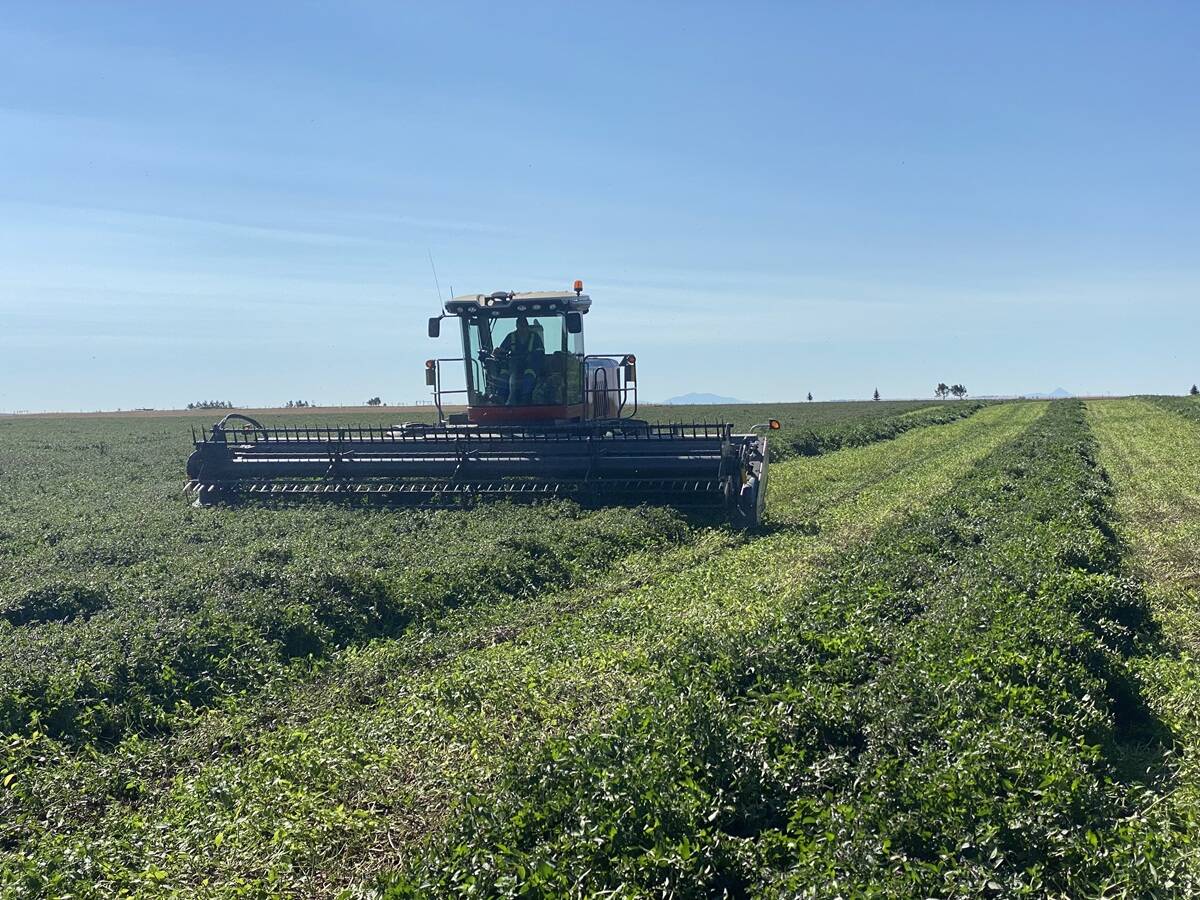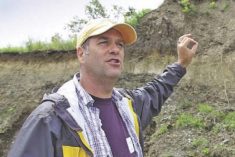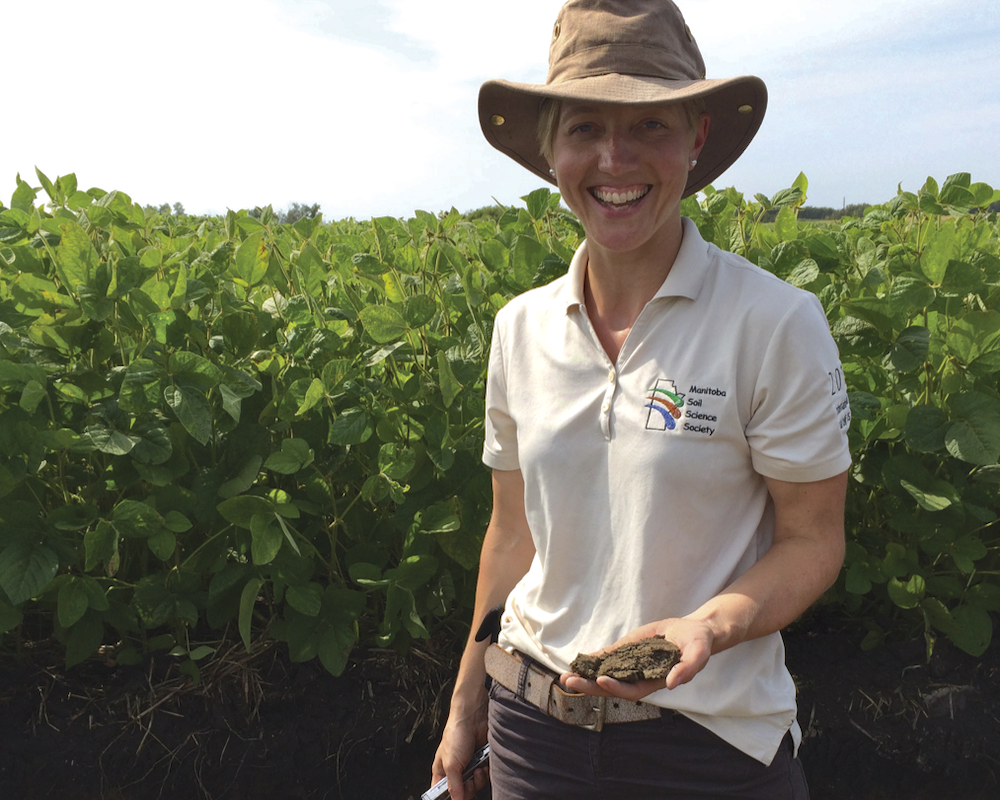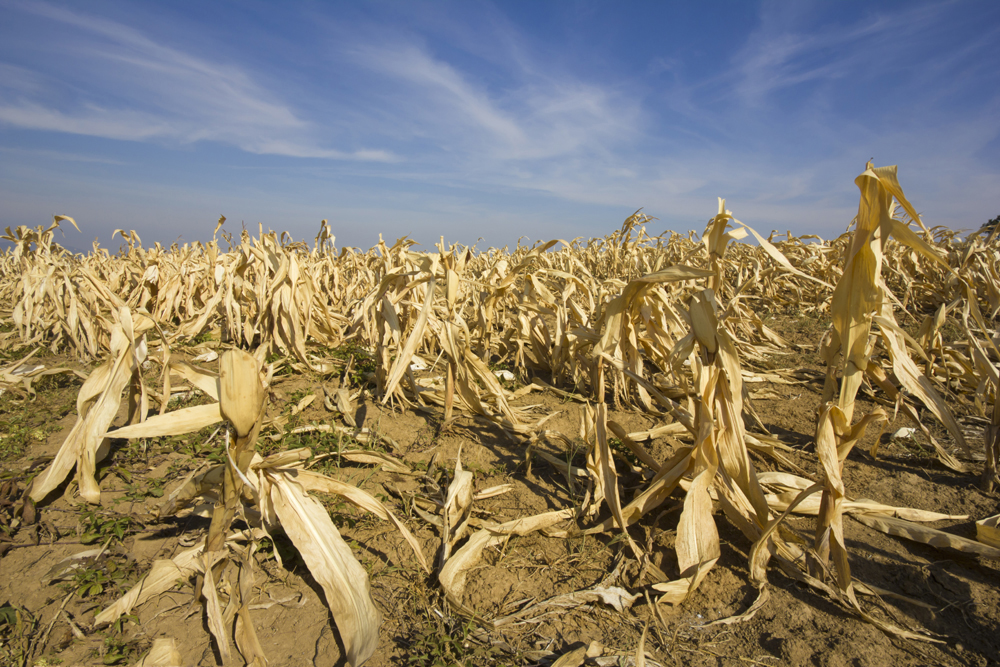This is all just in the thinking stage right now, but the day may come when farms that can demonstrate production practices that maintain high levels of soil organic matter may qualify for reduced crop insurance premiums.
It is a concept being pondered right now by Alberta’s crop insurance agency, the Agriculture Financial Services Corporation (AFSC). AFSC’s research shows, and this may be no surprise, farms that have above-average soil organic matter levels tend to have higher yields even during dry conditions, and, therefore, the crop insurance payouts to those farms are lower.
Read Also

How a southern Alberta farm maintains mint condition
An estimated 25 per cent of North America’s mint oil is now the product of a southeastern Alberta farming business, but don’t get the idea that commercial mint production is a job for the faint of heart.
“We just want the industry to be thinking about this idea,” says Stuart Chutter, product coordinator with the AFSC innovation department. “It is similar to the idea of safe driving premiums. Insurance premiums can be lower if you can demonstrate a history of safe driving. From a crop insurance perspective, there may be an opportunity if farmers can demonstrate practices that maintain higher levels of soil organic matter to offer lower insurance premiums. And it could work vice versa. If a farm demonstrates production practices that increase the risk of losing soil organic matter, those insurance rates may be higher.
“It is just an idea at the moment, but we want farmers to be thinking about it and begin the conversation,” says Chutter.
According to AFSC research, the numbers support the idea that higher levels of soil organic matter reduce crop production risk — and contribute to higher yields. Soil organic matter isn’t the only thing that affects production risk on the farm, but it is one area of production that can be managed and essentially “produces the biggest bang for the buck” in terms of protecting crop yields.
More bushels per acre
Chutter says the AFSC research project looked at some real examples from 2021 involving farms with varying levels of soil organic matter. In AFSC’s Risk Area 11, an area between Edmonton and Stettler in north-central Alberta, farms were split into two categories — those with higher levels of soil organic matter and those will lower levels of soil organic matter.
During the very dry 2021 growing season, the farms with higher levels of soil organic matter produced an average of 8.2 more bushels of canola per acre than farms with lower levels of soil organic matter.
“We found similar improved production with barley in the same area,” says Chutter. “And in looking at other risk areas in the province, results with crop yields were not quite as dramatic, but were similar — farms with higher soil organic matter levels had higher yields.”
And from an insurance payout perspective, the corporation paid farms with lower soil organic matter an average of $56.20 more per acre for yield shortfalls compared with farms with higher levels of soil organic matter.
“There may be other benefits that contribute to the higher yield, but one of the key attributes of soils with higher organic matter is the increased ability to hold moisture, which contributed to higher yields especially during dry growing conditions,” says Chutter.
“In looking at our records for 2020 and 2021, more than half, or 57 per cent, of all insurance payouts were related to drought and water limitations. So, it is an area where improvement in soil quality and water holding capacity could make a significant economic difference.”
Chutter says AFSC’s research also looked at the effects of soil organic matter on crop yields in other parts of the world.
In the U.S. corn belt, for example, research showed a one per cent increase in soil organic matter carbon produced an average 32.7-bushel yield increase per acre and reduced crop insurance payouts by 36 per cent.
“From this research, it is clear that soil organic matter levels play a huge role in crop production and increasing yields, and as a risk management tool,” says Chutter.
As part of the research project, AFSC identified seven farm production practices with potential to reduce risk:
- Diversified crop rotation
- Reduced tillage
- Soil organic matter
- Early seeding date
- Growing drought-resistant varieties
- Growing early-maturing varieties
- Use of a grain dryer
The two practices that appeared to have the most effect on reducing production risk were related to increasing soil organic matter and early seeding date, with improving soil organic matter being the most beneficial.
AFSC is the first crop insurance company in Canada to start the discussion on tailoring insurance premium rates based on risk-reducing production practices.
















